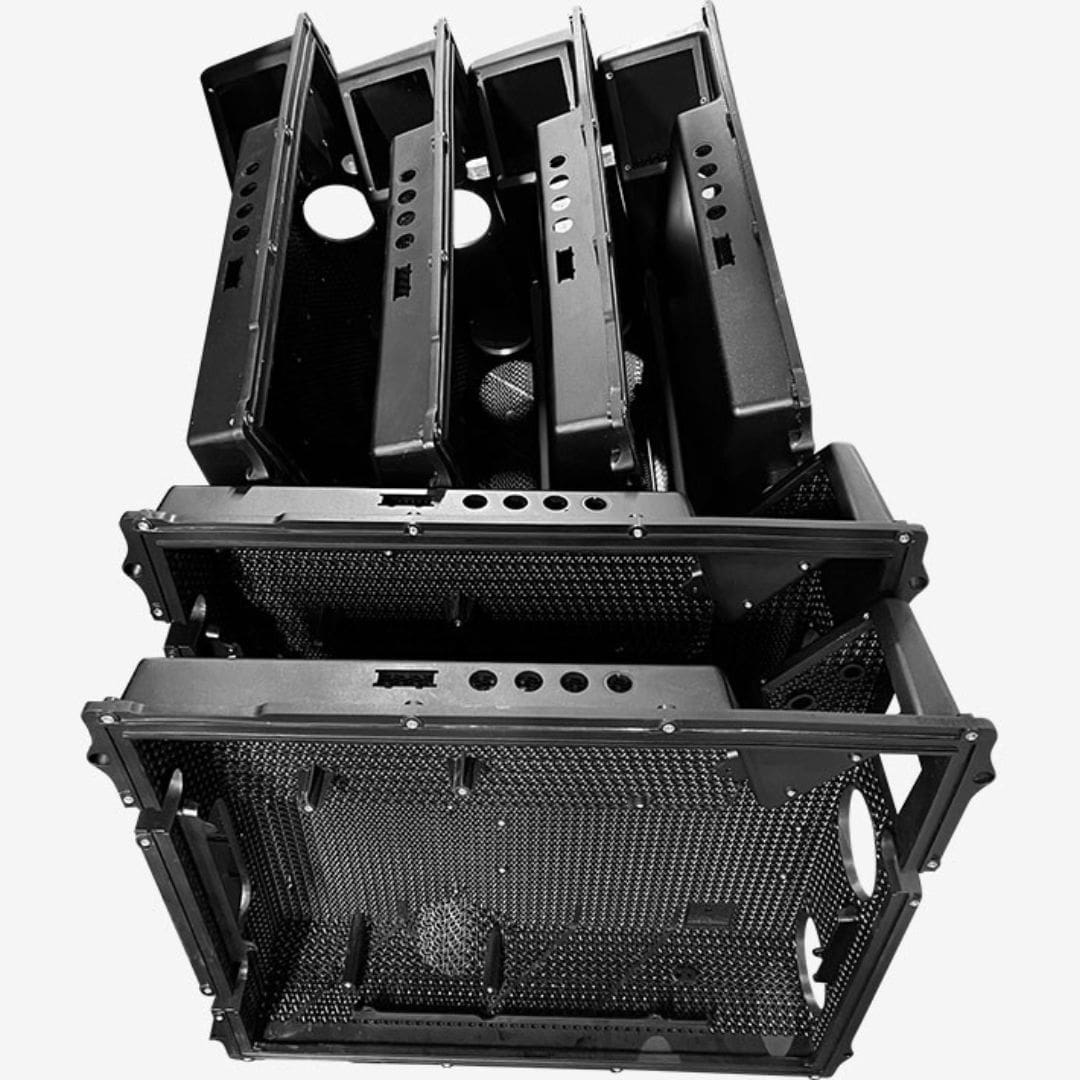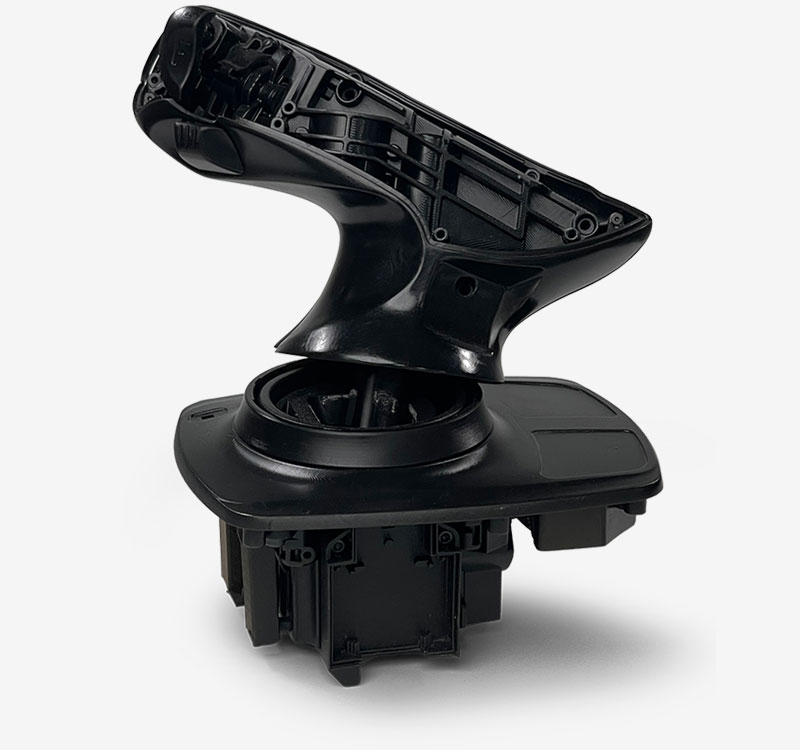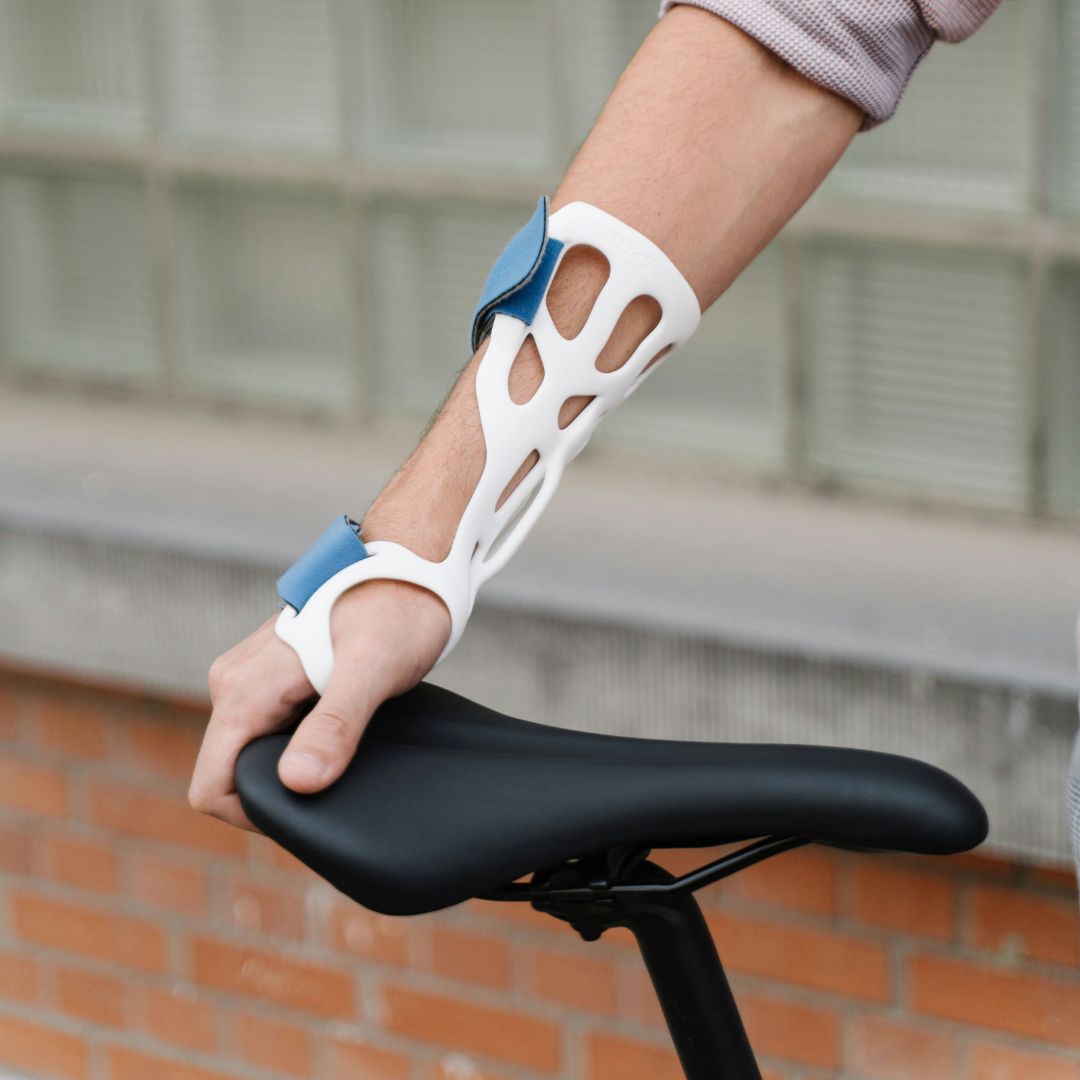
3D-printed prototypes offers a fast and cost-effective solution for developing and testing new products across various industries. By utilizing additive manufacturing, companies can create everything from simple concept models to complex functional prototypes, enabling rapid iteration and design improvement.

In healthcare, 3D printing is utilized for prototyping customized medical aids, implants, and surgical instruments. By creating detailed prototypes, medical technology companies can test and improve designs before they go into production. This rapid iterative process enhances patient care and ensures that products are tailored to individual needs.
The automotive industry benefits from 3D printing to rapidly develop prototypes of new vehicle components. By creating physical models, manufacturers can evaluate design and functionality before investing in mass production. This method reduces development time and costs, enabling automakers to quickly adapt to market demands.
In the defense industry, 3D printing is used to create prototypes of advanced weapon systems and military equipment. The technology enables rapid testing and evaluation of new design concepts, which is crucial for improving performance and efficiency. By quickly producing prototypes, defense suppliers can also identify and address issues before production begins.
In the machine industry, 3D printing is revolutionizing the prototyping of machine parts and tools. Manufacturers can quickly create prototypes to optimize design and functionality, leading to a more efficient manufacturing process. This flexibility allows companies to experiment with new ideas and swiftly implement changes based on testing results.
3D-printing for tools offers fast and cost-effective production of custom tools and jigs. This technology enables companies to quickly create prototypes and tailored solutions, improving precision and efficiency in the manufacturing process. By utilizing 3D printing, manufacturers can reduce lead times and costs, as well as optimize material usage through complex geometries that would otherwise be difficult to produce. The use of 3D printing for tools is becoming increasingly common in industries such as automotive and aerospace, where high quality and efficiency are crucial.

3D printing enables faster prototyping and design adjustments, reducing lead times and costs. With this technology, manufacturers can create complex geometric shapes that are difficult or impossible to achieve with traditional methods, resulting in more efficient and functional tools.
3D printing can produce tools of high quality and durability, especially when using advanced materials like metal and composites. Many industries, including the automotive and aerospace sectors, have successfully used 3D-printed tools in their productions, demonstrating their reliability and longevity.
By using 3D printing, companies can reduce material waste and produce tools on-demand, which lowers storage costs. Additionally, the rapid prototyping reduces the need for costly rework and adjustments during the manufacturing process.
Absolutely! 3D printing allows companies to customize tools and jigs according to their specific needs, which is especially valuable in industries such as medicine, automotive, and aerospace. This adaptability enhances the efficiency and precision of manufacturing processes.
3D printing for mass production and final production is a groundbreaking technology that is reshaping modern manufacturing processes. It offers a range of advantages that enable companies to produce high-quality products efficiently and cost-effectively.

3D printing offers rapid production of parts and products, which is crucial for mass production. This technology enables companies to quickly adjust their manufacturing processes to meet market demands, reducing lead times and increasing production rates. By minimizing material waste and lowering inventory levels, companies can also achieve significant cost savings and reduce capital tied up in inventory. Additionally, 3D printing allows for the manufacture of complex and customized products, providing a competitive edge. The technology is ideal for tailoring products to specific customer needs within industries such as automotive, aerospace, and medical technology.

3D printing offers a range of advantages that are revolutionizing mass production. First and foremost, the technology enables faster production of parts, which is essential for keeping up with today’s rapid market pace. By utilizing 3D printing, companies can produce components with complex geometries that are difficult or costly to achieve with traditional manufacturing methods, giving them a unique market position. This design flexibility allows companies to innovate and differentiate their products in a cost-effective manner.
By reducing material waste and eliminating the need for large inventories, companies can achieve significant cost savings in mass production. 3D printing enables on-demand production, minimizing the risk of overproduction and the costs associated with storing excess inventory. Additionally, businesses can avoid the high expenses linked to traditional tooling methods. This technology allows for more efficient use of resources, leading to lower overall ownership costs and improved profitability.
3D printing can often be more environmentally friendly than traditional manufacturing methods. By reducing material waste and optimizing production processes, companies can decrease their environmental impact. Additionally, 3D printing can utilize sustainable materials, including biodegradable plastic alternatives, further contributing to a more sustainable manufacturing process. The technology's ability to create customized products on demand also reduces the need for transportation and storage, which can lead to a smaller carbon footprint.
With 3D printing, lead times can be significantly reduced. Instead of going through long and complex processes to create tools and molds, companies can quickly produce prototypes and final products directly from digital files. This allows them to rapidly adapt their manufacturing processes to meet changing market demands, which is particularly important in industries that are sensitive to rapid changes, such as electronics and fashion. The fast adaptation can also lead to quicker launches of new products, giving companies a competitive edge.
3D printing enables the creation of complex and customized products, granting designers and engineers the freedom to experiment with shapes and functionalities that traditional methods often restrict. This flexibility is especially valuable in industries such as automotive, aerospace, and medical technology, where precision and customization are crucial. Moreover, 3D printing allows for the production of items with intricate geometries that would be impossible to manufacture using CNC machines. This capability enables companies to produce unique final products tailored to specific customer needs, providing a significant competitive advantage and enhancing customer satisfaction.
Many industries, including automotive, aerospace, and medical technology, can significantly benefit from 3D printing for mass production. Companies like Ford and Boeing have successfully implemented 3D printing to create everything from spare parts and tools to customized implants and aircraft components. In the automotive sector, 3D printing allows manufacturers to quickly produce prototypes and final products, enabling them to shorten product development cycles and reduce costs. Overall, 3D printing offers a range of advantages that make it an indispensable tool for modern mass production.